I'm running a CNN with keras-gpu and tensorflow-gpu with a NVIDIA GeForce RTX 2080 Ti on Windows 10. My computer has a Intel Xeon e5-2683 v4 CPU (2.1 GHz). I'm running my code through Jupyter (most recent Anaconda distribution). The output in the command terminal shows that the GPU is being utilized, however the script I'm running takes longer than I expect to train/test on the data and when I open the task manager it looks like the GPU utilization is very low. Here's an image: 
Note that the CPU isn't being utilized and nothing else on the task manager suggests anything is being fully utilized. I don't have an ethernet connection and am connected to Wifi (don't think this effects anything but I'm not sure with Jupyter since it runs through the web broswers). I'm training on a lot of data (~128GB) which is all loaded into the RAM (512GB). The model I'm running is a fully convolutional neural network (basically a U-Net architecture) with 566,290 trainable parameters. Things I tried so far: 1. Increasing batch size from 20 to 10,000 (increases GPU usage from ~3-4% to ~6-7%, greatly decreases training time as expected). 2. Setting use_multiprocessing to True and increasing number of workers in model.fit (no effect).
I followed the installation steps on this website: https://www.pugetsystems.com/labs/hpc/The-Best-Way-to-Install-TensorFlow-with-GPU-Support-on-Windows-10-Without-Installing-CUDA-1187/#look-at-the-job-run-with-tensorboard
Note that this installation specifically DOESN'T install CuDNN or CUDA. I've had trouble in the past with getting tensorflow-gpu running with CUDA (although I haven't tried in over 2 years so maybe it's easier with the latest versions) which is why I used this installation method.
Is this most likely the reason why the GPU isn't being fully utilized (no CuDNN/CUDA)? Does it have something to do with the dedicated GPU memory usage being a bottleneck? Or maybe something to do with the network architecture I'm using (number of parameters, etc.)?
Please let me know if you need any more information about my system or the code/data I'm running on to help diagnose. Thanks in advance!
EDIT: I noticed something interesting in the task manager. An epoch with batch size of 10,000 takes around 200s. For the last ~5s of each epoch, the GPU usage increases to ~15-17% (up from ~6-7% for the first 195s of each epoch). Not sure if this helps or indicates there's a bottleneck somewhere besides the GPU.




